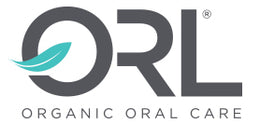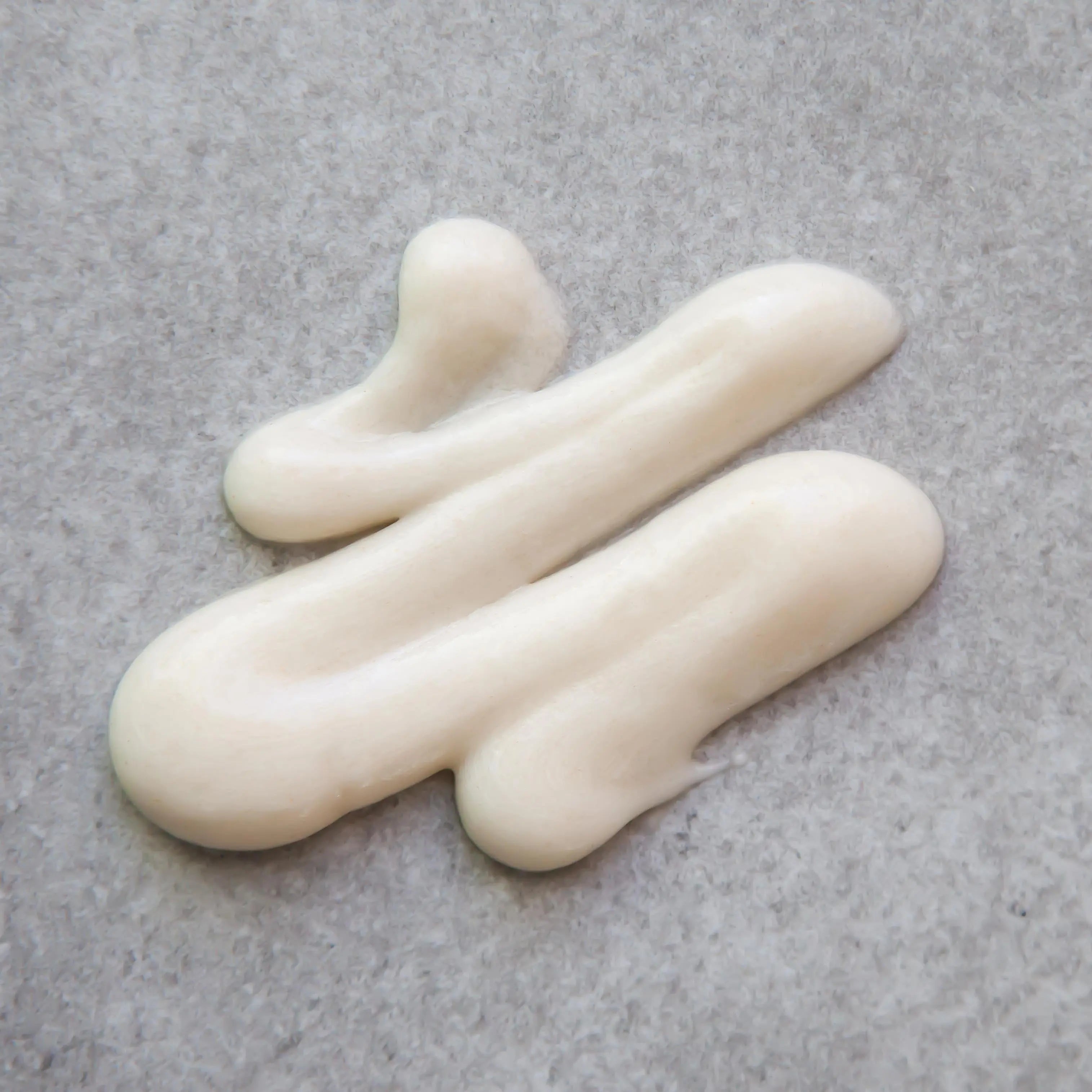Dry mouth, clinically referred to as xerostomia, is more than an annoyance. If left untreated, it can rapidly deteriorate your oral health and cost you your teeth. Below, we’ll provide a few largely unknown details about the condition, so you can maintain a healthy smile well into your golden years.
1. More than two-thirds of the population may have xerostomia.
According to the American Dental Association (ADA), as much as 64.8% of the general population suffers from xerostomia to some degree. It’s also far more prevalent in certain demographic groups, such as the elderly.
2. Age is not a factor, but medications are.
Even though prevalence rises with age, xerostomia is not an age-related condition. However, people tend to take more medications as they age, and, per the ADA, there are more than 400 over-the-counter and prescription medications known to cause xerostomia. That in mind, the more conditions you have, and the more medications you take, the more likely you are to have xerostomia. Additional things that can increase your risk of developing xerostomia include cancer treatments, having an autoimmune disease, living with uncontrolled diabetes, and other conditions.
3. You may have it and not even realize you do.
Getting diagnosed can be a huge challenge. On the one hand, physicians should be referring patients to their dentist for an evaluation when prescribing medications that could potentially cause dry mouth, but few of them do. Plus, it can be harder for the elderly to get into their dentist due to medical conditions and mobility issues, so many forgo their regular checkups. That means xerostomia typically goes undiagnosed until the person is experiencing a problem.
When it comes down to an individual level, it’s quite common for people to overlook that their symptoms relate to dry mouth. They may cough a lot or want to constantly sip on something. They may realize they’re having a harder time talking and eating or that their dentures won’t stay in place, but they don’t always realize xerostomia is to blame. Instead, they’ll reach for lozenges or lemon drops, which is a poor choice because of the sugar content. Others will move to a diet of things like tapioca pudding and mashed potatoes which are easier to swallow, but don’t provide adequate nutrition and can compound the issues associated with xerostomia.
4. Xerostomia leads to catastrophic dental disease and tooth loss.
Saliva is vital to oral health and digestion, so when it’s diminished or the quality is poor, acidity rises in the mouth, teeth demineralize, and infections can set in. Ultimately, this means developing cavities and gum disease, both of which can rob people of their teeth. People can go from having perfect oral health before developing xerostomia to total destruction within a year if it goes untreated.
5. You can treat xerostomia.
It’s important for physicians to address the root cause of xerostomia in order to eliminate it, but sometimes the underlying issue cannot be helped. In these cases, the physician and dentist should work together to minimize symptoms and improve quality of life. Additional tips from the pros include:
- Have scrupulous oral hygiene and brush after every meal.
- Eliminate carbs, sugars, and sticky foods that can increase decay risk.
- Avoid things like alcohol and saline that can dry out tissues further.
- Neutralize acids; try to maintain a 7.0 pH.
- Use xylitol products to stimulate salivary flow and reduce bacterial counts.
6. If you have xerostomia, you should try ORL toothpaste and mouthwash.
ORL products contain organic xylitol, a compound known to increase saliva production and kill cavity-causing bacteria. It’s also packed with vitamins, minerals, and plant-based essential oils that support oral health and can aid in remineralization, so teeth are stronger and more decay-resistant. All this is delivered in a perfect 7.0 pH-neutral formula, helping restore balance. For more details or to order, check out delicious flavors like fresh mint and cinnamint in our online shop.



